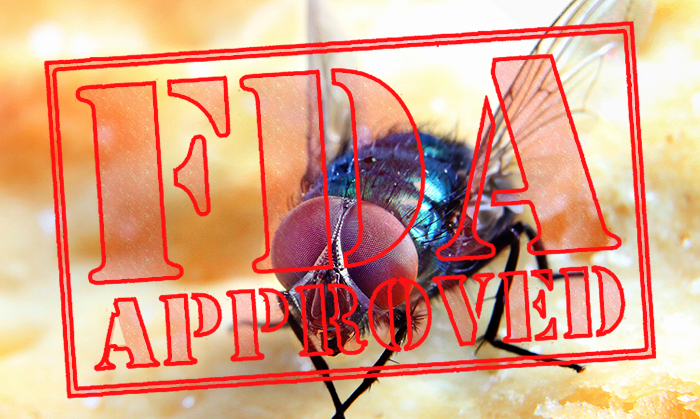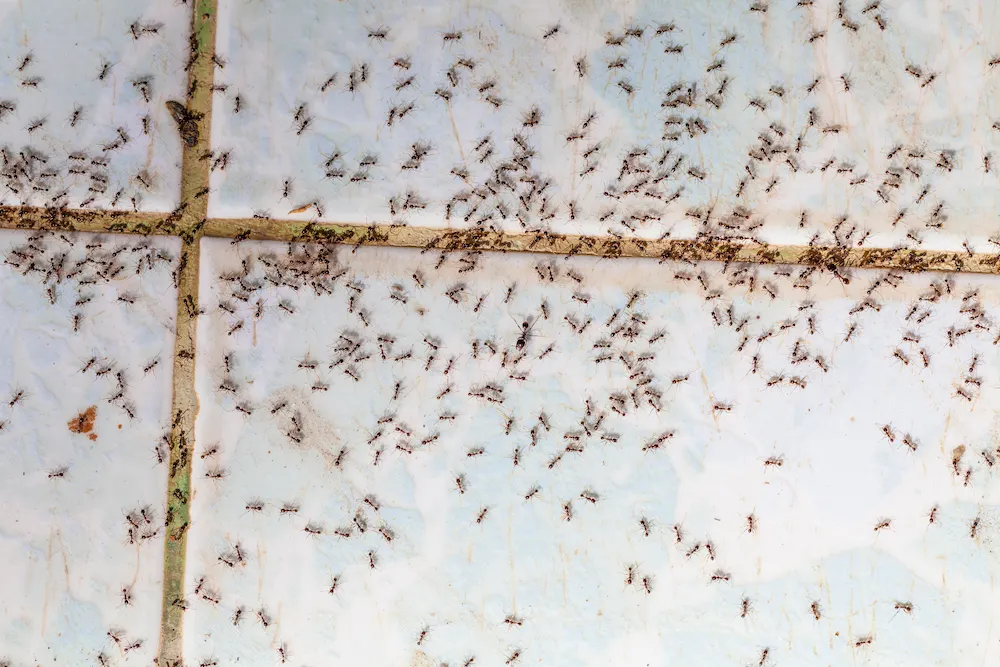When it comes to insects and pest contaminates, the last thing you want is to have that near your dinner. Pests simply do not belong in your kitchen or near your food because quite simply, they are dirty, they are germy and they are disgusting. That is why Pointe Pest Control is in business in the first place, to keep these critters and vermin away from your dinner table. But what about the kitchens you cannot control? What about the factories that can your food? Or the restaurants that prepare an evening meal out? Believe it or not, there is a manual that exists by the Food and Drug Administration called The FDA Defect Levels Handbook. Just a glance through it could make you lose your lunch. We will spare you the unnerving read and touch on the “finer points” for you.

Why contaminates are allowed in your food
Your food does not magically appear in a can, it was grown and harvested from somewhere outside. That said, it is 100% likely that an insect or contaminate from the great outdoors will escape or get processed with that fruit, vegetable, or grain. Once that ingredient is inside the factory, not including the ones that come inside with the harvested product, the factory itself will contain contaminates. Since insects and rodents are everywhere and it can be next to impossible for food processing factories to keep out every living, tiny creature that could get in, the FDA devised some guidelines determining just how much mold, rot, parasites, insects and other contaminants can be allowed in your food.
Exactly what is allowed in your food
In this rather disturbing handbook regulated by the FDA, it spells out exactly what is allowed and tolerated. A certain measure of contaminates are impossible to keep out. More than that amount could mean an infestation or improper cleaning techniques after harvesting. So what is allowed in your food? Are you ready for this? Steel your stomach now…
- Aphids and tiny insects can hitchhike on your vegetables. The FDA allows no more than 100 grams, or 204 insects, in your 12 oz. bag of frozen broccoli.
- Canned mushrooms are a good place to find maggots and the FDA will allow 5 or more maggots 2mm long in 100 grams of mushrooms.
- If the average mold count of an apple producer is 12% or more, the FDA will get involved. Under that? It’s totally acceptable.
- In a 16 oz. jar of peanut butter, it is okay to find 136 insect fragments and 4 rodent hairs.
- A certain amount of “foreign matter,” such as cigarette butts for instance, is permitted in your food. Black pepper is especially common for this one.
- Believe it or not, animal feces is also a common contaminate. “Animal excreta” is permitted up to a specific amount but a red flag is raised if the allowed limit is exceeded.
- In a 24 oz. container of cornmeal, the handbook allows 13 rodent fragments. As disgusting as it is, it won’t make you sick
As far as the FDA has studied and determined, in these small, minute proportions, these contaminates will not make you ill. On the plus side, many insects are simply made up of proteins and by unconsciously consuming them, you are just adding to your protein intake. For all other times when you would rather not add more insect or rodent “fragments” to your food, keeping these out of your kitchen is a must. Pointe Pest Control is experienced when it comes to removing harmful, nasty and disastrous pests from your home. While we cannot remove insect parts from the canned food you eat, we look forward to assisting you in your quest to minimize your intake of contaminants in your kitchen.



